Farmers in Hubali were digging one borewell after another looking for water to irrigate their farms. Some of them dug around 30 borewells and still faced water scarcity. All of this changed when they adopted a simple and low-cost method of borewell recharge. Today, they have abundant water throughout the year and a flourishing crop. This is how they did it!
Devendrappa Basanthappa Basti, a 60-year-old farmer from Kamplikoppa village near Hubali, North Karnataka dug his first bore-well in 1998. Looking for water to irrigate his 30-acre farms, Devendrappa thought his irrigation woes would be over once he gets a functional bore-well.
Sadly, his first attempt was not successful and he did not find any water. He made a second attempt, which didn’t work out as well. 21 attempts later and drilling as far down as 500 feet, Devendrappa managed to get water in just two bore-wells. These worked for 10 years, but soon the water flow started decreasing and bore wells became dry.
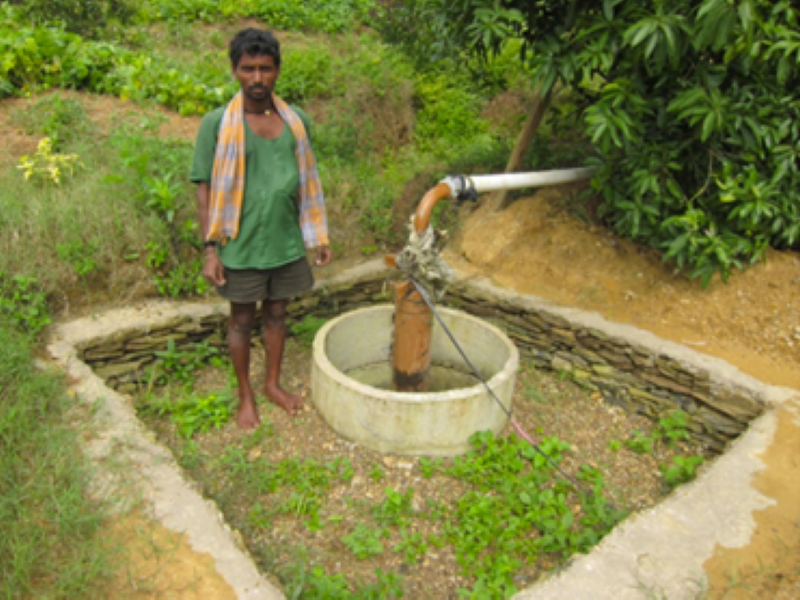
He became distressed by the mere thought of not being able to water his crops. He had a big family of four daughters and a son to support. Just when he thought he didn’t have any other option but to dig yet another bore-well, he met Sikander Meeranayak, a Hubali-based entrepreneur who is solving the farmers’ water woes by recharging the dead bore-wells.
Through his organisation, Sankalpa Rural Development Society (SRDS), Meeranayak has been assisting farmers to have an abundant supply of water to irrigate the crops.
Devendrappa is not the only farmer who has been relying upon bore-wells to irrigate the crops. North Karnataka, which is predominantly an agriculture economy, frequently faces water interruption due to bore-wells running dry.
Chitranjan, another farmer from Hubali, had dug a bore-well in 1988. He too was left with a non-functional bore-well, which was not being used for two decades. He met Meeranayak in 2010 and learned about the bore-well recharge.
After construction of a bore-well recharge structure, Chitranjan waited for the rainfall. With just one day of rain, the bore-well witnessed excess of water.
“I had never seen my bore-well with so much water. It was like a miracle,” said Chitranjan.
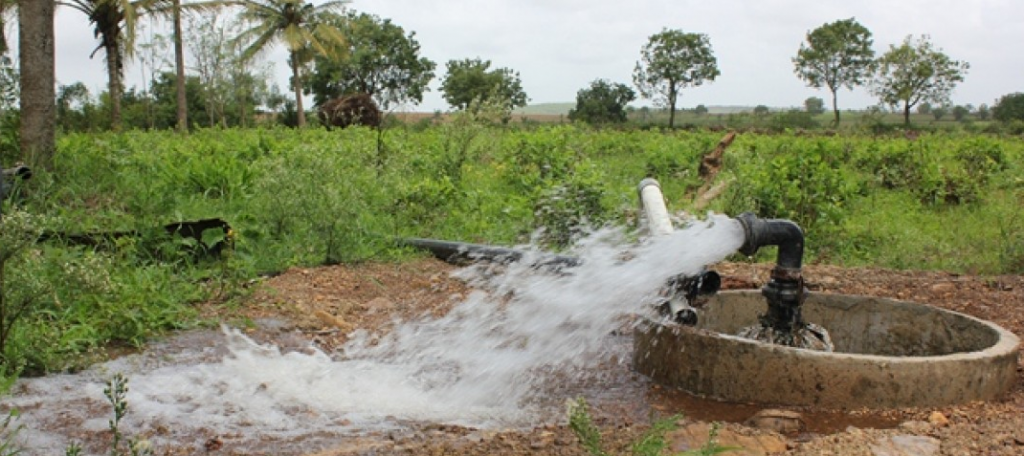
The bore-well, which was dry for many years is now always filled with water and has solved Chitranjan’s farming issues.
“Initially I was skeptical about it since all my previous bore-wells failed. I didn’t expect it to work so well,” Chitranjan said.
He has now planted Mango trees in his farms. Earlier, he was hardly able to irrigate one acre of land in one day. Now, he irrigates over two acres of land in a day. The water supply, which was inconsistent before is much better now. Water comes with full force from 3-inch pipe continuously for 6-8 hours a day.
The bore well has the capacity to supply water to at least seven to eight acres, Chitranjan has converted his 3.5 acres of barren land into the banana plantation.
There are hundreds of farmers like Chitranjan and Devendrappa, who have benefitted from this low-cost bore-well recharge technique.
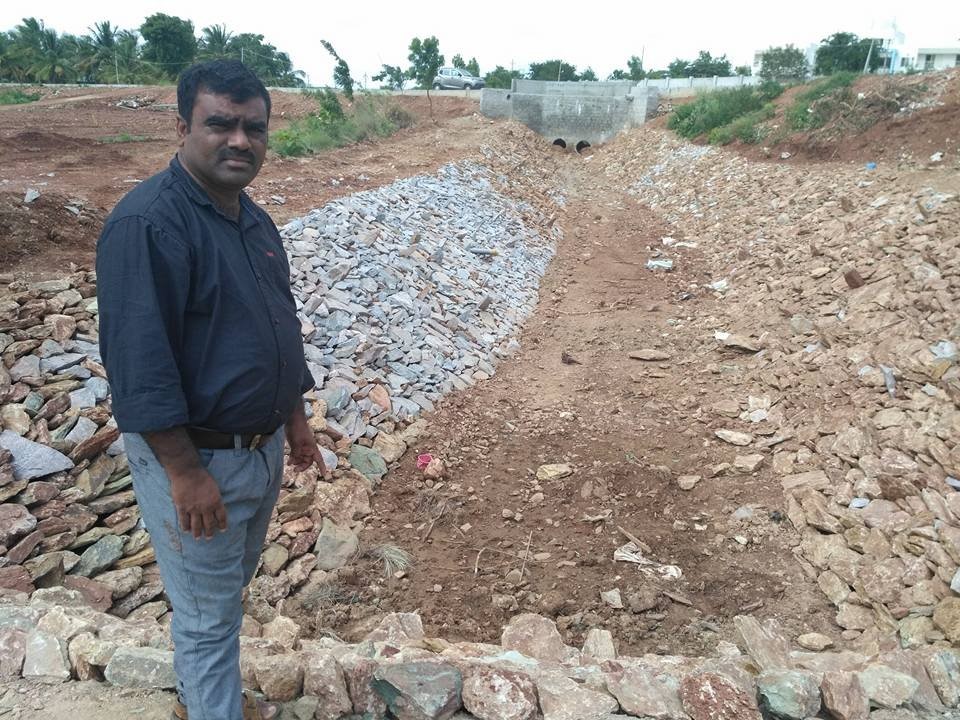
Sikander Meeranayak, founder of SRDS.
North Karnataka is considered as one of the most arid areas of India, yet it hosts a large agricultural economy. A low rainfall has caused many existing bore-wells to dry and has resulted in a lower water table.
Excessive digging of new bore-wells and incessant use of existing ones has worsened the situation. Meeranayak’s NGO, SRDS has provided a much-needed relief to these farmers.
Brought up in Kotumachagi village in the Gadag district of Karnataka, Meeranayak faced scarcity of water since a very young age. This made him learn the value of every drop of water.Kotumachagi village in the Gadag district of Karnataka, Meeranayak faced scarcity of water since a very young age. This made him learn the value of every drop of water.
“I have seen many droughts and challenges faced by the farmers. I connect to these issues,” Meeranayak said. When Gadag faced a three-year long drought, Meeranayak worked to build farm ponds and construct bore-wells. During this period, he realised how unaffordable it was for the farmers to build new bore-wells. This made him think about cheaper alternatives to help farmers.
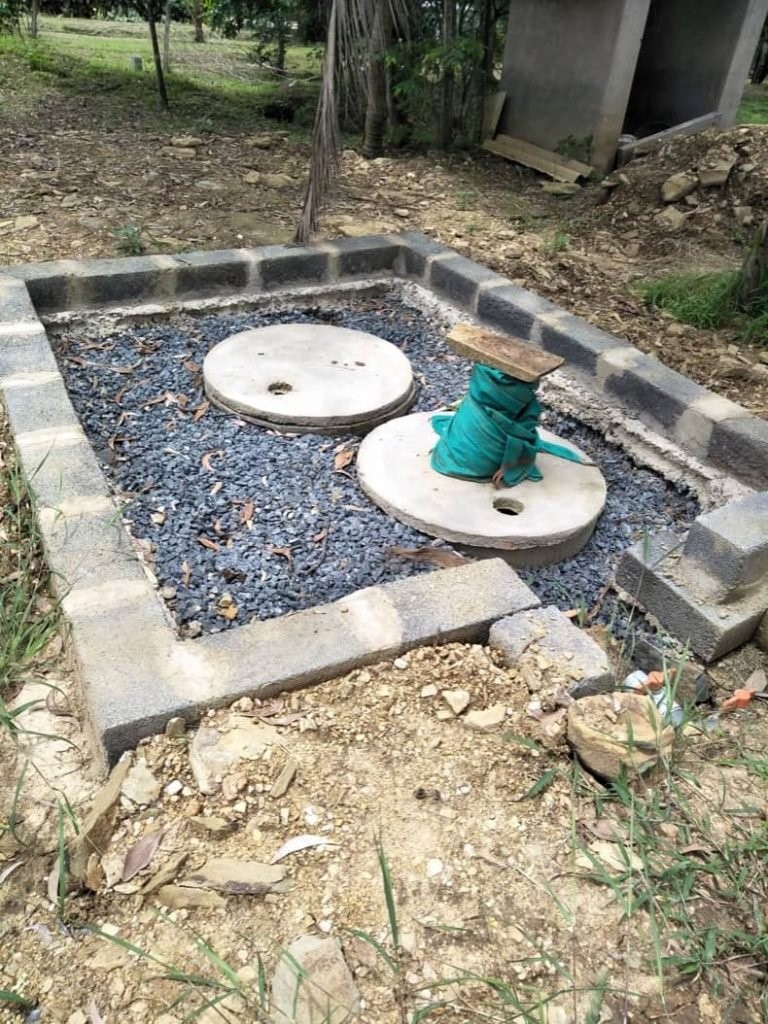
SRDS’ method of bore-well recharge costs Rs. 20,000, which is far less when compared to constructing a new bore-well. Meeranayak takes about 10 days to construct a bore-well recharge system.
Constructing a new bore-well costs somewhere around Rs 1,00,000 to Rs 1,50,000. Many farmers cannot afford to incur this huge expenditure and end up bearing heavy losses and crop damage. Some even quit farming and migrate to the cities.
A graduate in social work, Meeranayak previously worked with various NGOs promoting sustainable practices for water conservation. This experience came in handy when he was working on his unique solution of bore-well recharge.
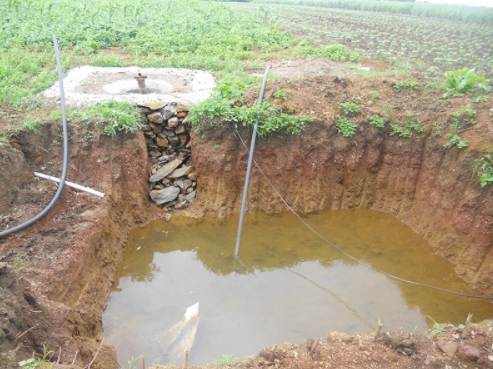
In 2008, SRDS was born and since then, Meeranayak and his team have recharged over 870 bore-wells in many parts of India, including Hubali, Dharwad, Gadag, Haveri, Bangalore, Amravati, a few villages of Maharashtra, Uttar Pradesh among others.
Meeranayak’s main aim is to lower the cost of existing irrigation technology using innovations tailored to the needs and conditions of local farmers.
Vardhman Envirotech
India’s Passionate rainwater company
This article is published on: The Stories of Change, 2020
We would like to spread this for the benefit of fellow Indians.
